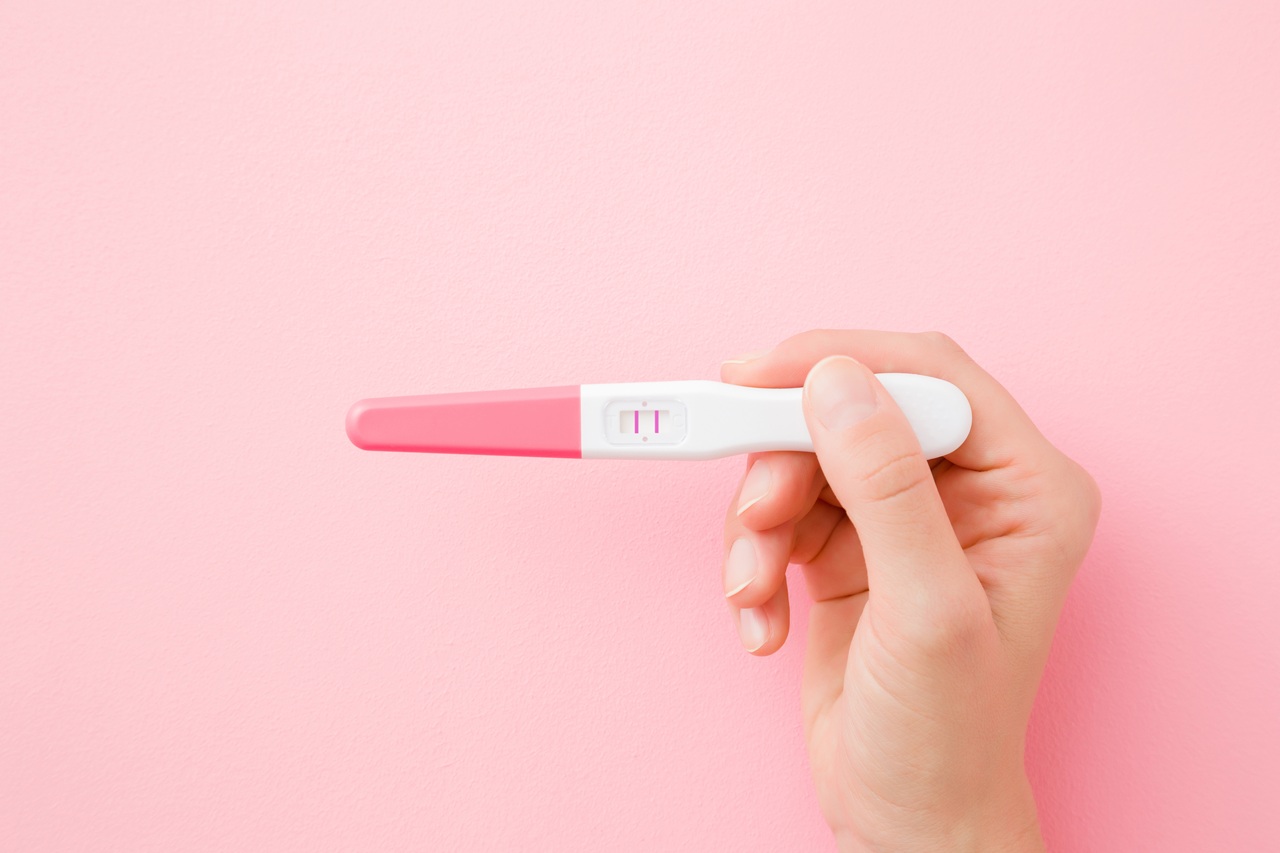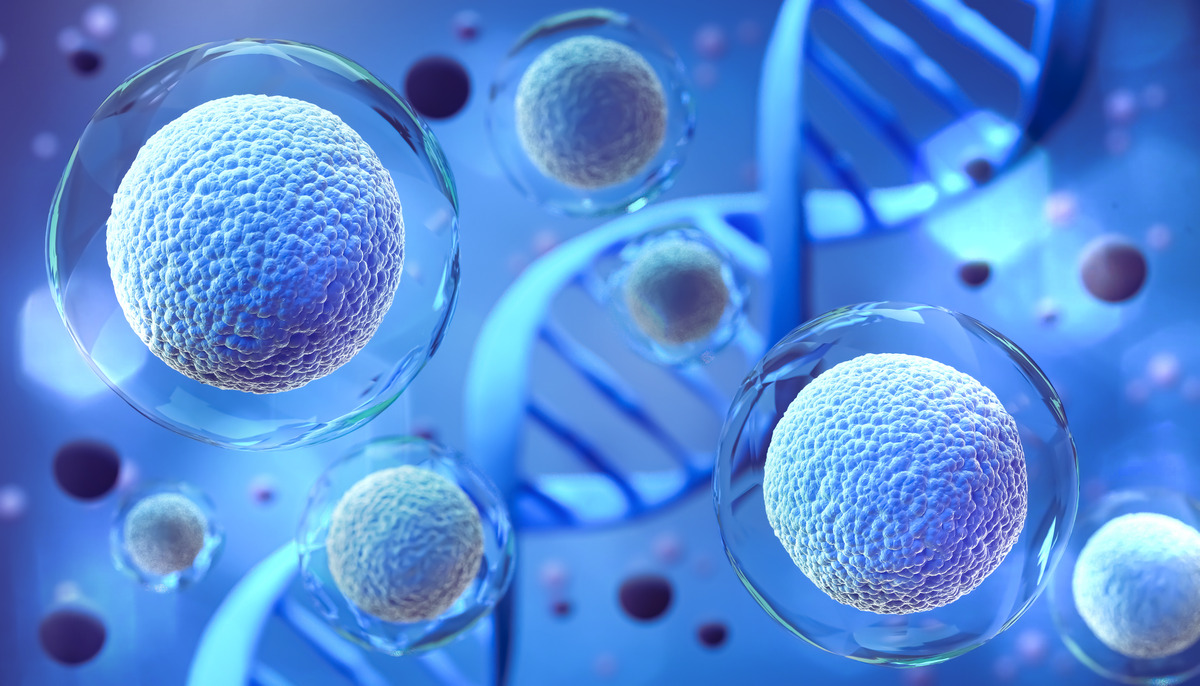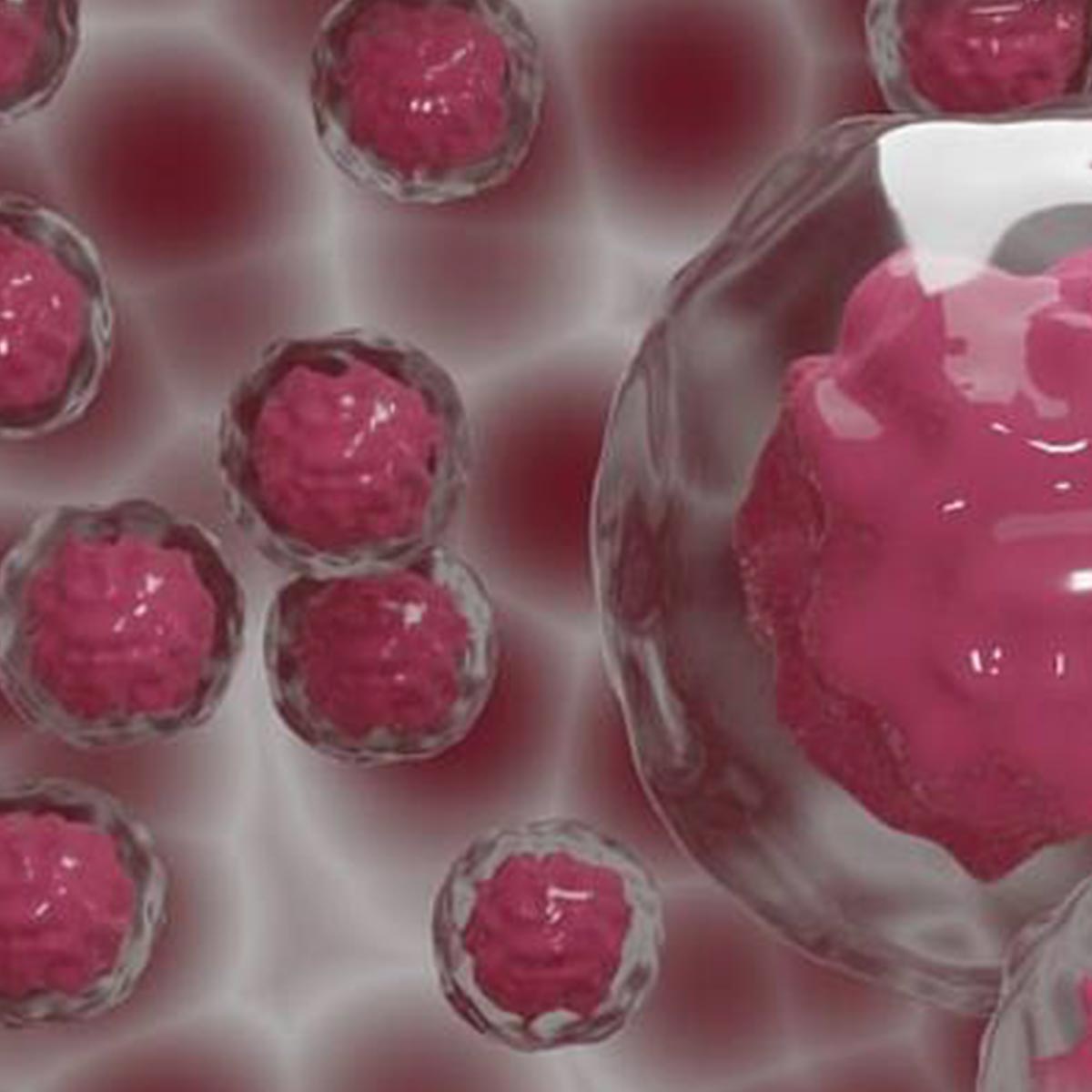Stem Cell Therapy for Autism: A New Frontier in Neurodevelopmental Care

Autism Spectrum Disorder (ASD) is not one condition. It is a wide, complex spectrum of neurological differences that can affect communication, behavior, learning, and sensory processing in varying degrees. For some families, it means speech delays and trouble with social interaction. For others, it means nonverbal behavior, repetitive movement patterns, and high sensitivity to light, noise, or touch. What is consistent across the spectrum is the daily effort to support development, communication, and independence.
Traditional therapies,including occupational therapy, speech therapy, and behavioral interventions have helped many children make significant progress. But families and physicians alike have been asking an important question for years. Can we do more? Can we get to the root of the neurodevelopmental difference, not just treat the symptoms on the surface?
This is where stem cell therapy is entering the conversation.
What We Know About Autism at the Cellular Level
While the exact causes of autism are still being researched, many studies suggest that inflammation in the brain, immune dysregulation, and reduced oxygenation of certain brain tissues may play a role in some individuals with ASD. This is not to say autism is a disease. It is not. But these biological irregularities may contribute to the challenges children with ASD face in sensory processing, behavior regulation, and cognitive development.
This makes stem cell therapy a promising tool, because it may address those underlying biological contributors at the cellular level, rather than just managing outward behavior.
What Is Stem Cell Therapy?
Stem cells are the body’s master cells. They have the unique ability to self-renew and to become specialized cell types — such as neurons, blood cells, or muscle. Their regenerative potential makes them powerful agents in the repair and recovery of damaged or dysfunctional tissue. For years, stem cell uses have included treatment for leukemia, certain cancers, blood disorders, and immune system deficiencies.
Now, researchers are investigating their role in addressing neurological conditions like autism.
In Autism treatment, the idea is not to “cure” autism. That is not the goal. The aim is to reduce the physical and neurological symptoms that limit a child’s ability to interact with the world. These include speech delays, poor attention span, social disconnection, and hypersensitivity.
How Stem Cell Therapy May Help in Autism?
Here’s what current studies and case applications suggest:
1. Reducing brain inflammation
In some children with autism, brain imaging and biomarkers show signs of chronic neuroinflammation. Certain types of stem cells, especially mesenchymal stem cells (MSCs), release anti-inflammatory molecules that may help regulate this response.
2. Modulating the immune system
Children with autism often show immune system irregularities. Stem cells may help bring the immune system back into balance, reducing autoimmunity or overactive inflammatory reactions.
3. Improving oxygen supply to brain tissue
Some stem cells are believed to promote angiogenesis — the formation of new blood vessels — which can improve oxygenation and nutrient supply to areas of the brain that may have reduced perfusion.
4. Supporting neuronal connectivity
Although early-stage research, some animal models suggest that stem cells may assist in promoting neural repair and connection, potentially improving pathways related to communication and sensory regulation.
The Sources of Stem Cells Used in Autism Treatment
Not all stem cells are the same. Their origin — or source of stem cells — significantly impacts how they behave, integrate, and are used clinically.
- Umbilical cord blood stem cells:
Rich in hematopoietic stem cells, these are commonly used for immune modulation and are collected at birth with no harm to mother or baby.
- Umbilical cord tissue stem cells:
These provide mesenchymal stem cells, which have strong anti-inflammatory and regenerative properties.
- Bone marrow stem cells:
Typically harvested from the patient or donor and used in many regenerative therapies.
- Adipose (fat) tissue stem cells:
Less commonly used in pediatric cases but being explored for broader applications.
In autism treatment, umbilical cord-derived MSCs are among the most studied and preferred due to their safety profile, ethical collection method, and potent immunomodulatory capacity.
Is It Safe? What Do We Know?
Most reported cases and studies on stem cell therapy for autism have shown the procedure to be safe when conducted under controlled conditions and ethical clinical frameworks. There is no genetic manipulation. There is no insertion of foreign tissue. The cells are either derived from the child’s own body or donated ethically with rigorous screening.
However, stem cell therapy is still considered investigational for autism in many countries. This means it should be approached with caution and full transparency. Parents considering this treatment must work with registered clinicians, follow approved clinical protocols, and understand that results may vary widely between individuals.
What the Early Data Suggests?
Several small-scale clinical trials and real-world applications have noted improvements in:
- Eye contact and social engagement
- Receptive and expressive language
- Sensory processing and tolerance
- Behavioral flexibility and reduced irritability
It is important to note that not all children respond the same way. Some show marked improvements. Others show mild or no changes. This is why research continues. But the direction it is heading points toward hope backed by data, not just optimism.
A Step Toward the Future
For families navigating autism, every breakthrough matters. Every tool that opens a window of connection, however small, can change the dynamic of a family. Stem cell therapy does not replace therapy, education, or support systems. But it may enhance their effectiveness by addressing deeper biological factors.
As more clinical trials are conducted and regulatory frameworks evolve, the conversation around Autism treatment will likely continue to shift, from symptom control to cellular repair. From compensation to regeneration.
In Conclusion
Autism is not a single story. It is not one voice or one brain. It is many. And it deserves approaches that reflect that complexity.
Stem cell uses in autism are still developing, but the early science is promising. The fact that we can use the source of stem cells from umbilical cord blood or tissue, something once discarded, and possibly reshape a child’s developmental trajectory is nothing short of profound.
If you are exploring next steps for your child, consider learning more about stem cell banking at birth. Preserving these potent, young cells is a decision made today that can open therapeutic possibilities tomorrow.
Cryoviva offers trusted stem cell banking services built on science, ethics, and care. For families facing complex futures, they provide one clear commitment, that you will have every option when you need it most.
Speak with a our expert today. Your child’s future deserves every possibility.













 Enquiry
Enquiry
 Email
Email Phone
Phone
 Whatsapp
Whatsapp